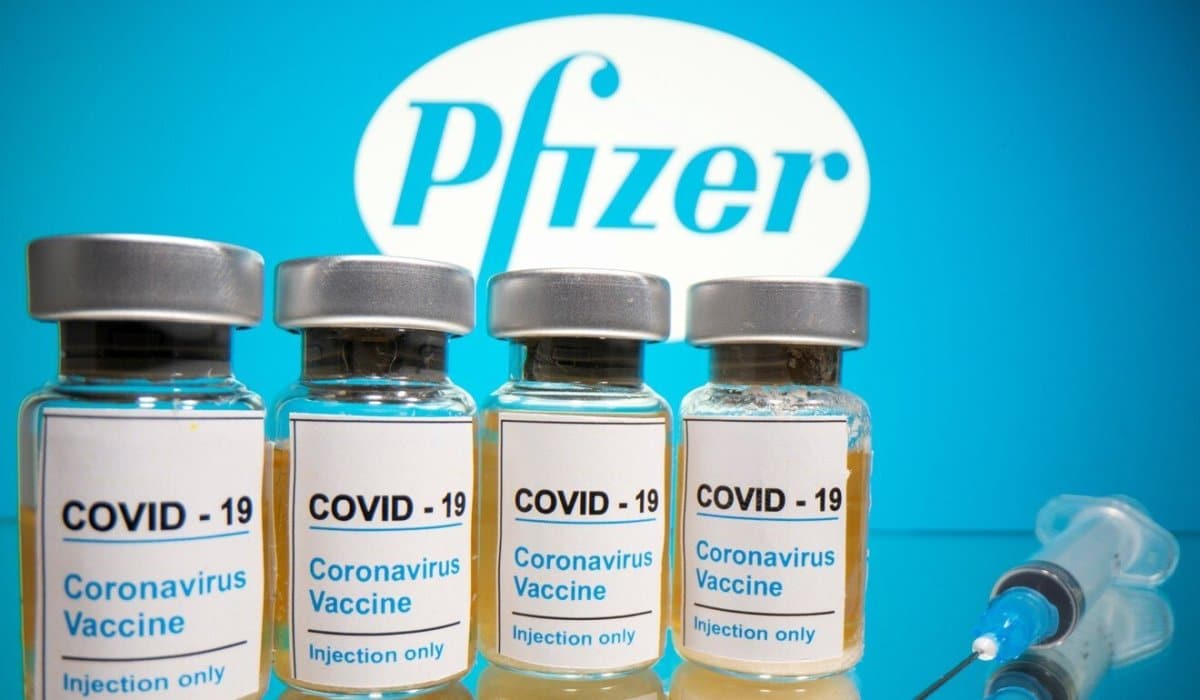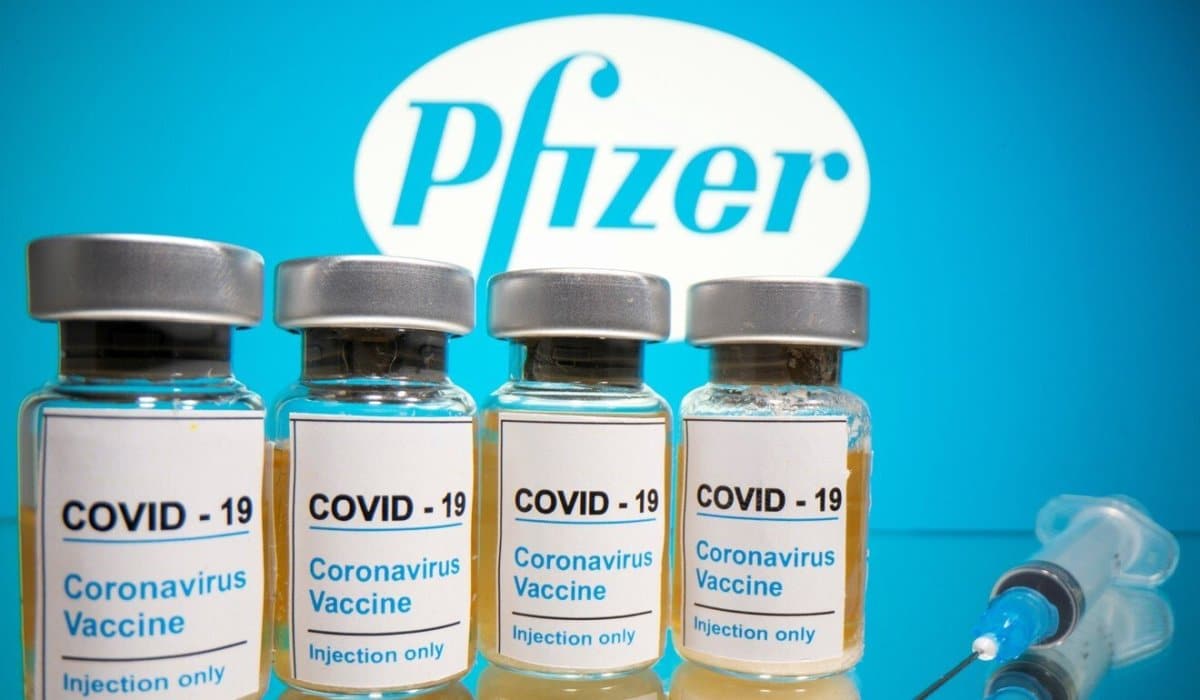
The Food and Drug Administration (FDA) confirmed that the Pfizer covid vaccine is 95 percent effective, but what does that statement mean? The details of the Pfizer covid vaccine trial can be found here. As was the case in the previous announcement about the vaccine, this “efficacy” figure is misleading. The incidence of covid “cases” in the placebo group was 162 out of 18,325 subjects, or less than 1 percent. The incidence of “cases” in the vaccine group was 8 out of 18,198, or about one-twentieth the incidence of “cases” in the placebo group. The “efficacy” of 95 percent is an odds ratio between groups, but this ratio is comparing two uncommon or rare events. Although the benefit was statistically significant, the number to vaccinate in order to prevent a single “case” was 122, which is not nearly so impressive. For severe cases, the result was not statistically significant due to very small numbers (one severe case in the vaccine group and three severe cases in the control group). Even if these percentages persisted to statistical significance with larger numbers of subjects, the number to vaccinate in order to prevent a single severe case was over nine thousand, which is not impressive at all. There has been no statistically significant mortality benefit to date, and none of the deaths in either group (two in the vaccine group and four in the control group) were associated with covid-19.
Details of Trial
This was a double-blinded randomized control trial with 21,823 subjects in the vaccine group and another 21,828 subjects in the placebo group. Double-blind trials mean that neither the subjects nor the caregivers know whether subjects received vaccine or placebo. Randomized means that the subjects were put into the vaccine or placebo group by chance. The randomization is performed in a manner to balance the vaccine and placebo groups on the basis of significant characteristics such as age, race, and comorbid medical conditions. Subjects could not choose the group into which they would be enrolled.
The primary end point of the trial was the development of a covid case. A case was defined as the presence of one or more symptoms (fever, new or increased cough, new or increased shortness of breath, chills, new or increased muscle pain, new loss of taste or smell, sore throat, diarrhea, or vomiting) followed by a positive polymerase chain reaction (PCR) test for the virus associated with the disease covid-19. No details about the cycle count of the PCR tests were provided. Subjects were instructed to get a PCR test if they developed any of the symptoms. The vast majority of these “cases” would be self-limited with a few days of mild symptoms.
A secondary end point was a “severe” case. A “severe” case required one of the following conditions: clinical signs at rest indicative of severe systemic illness (respiratory rate greater than or equal to 30 breaths per minute, heart rate greater than or equal to 125 beats per minute, arterial oxygen saturation less than or equal to 93 percent at sea level on room air, or hypoxemia defined as a PaO2/FiO2 < 300 torr); respiratory failure (defined as a requirement for high-flow oxygen, noninvasive ventilation, invasive mechanical ventilation, or extracorporeal membrane oxygenation); evidence of shock (systolic blood pressure less than 90 torr, diastolic blood pressure less than 60 torr, or a requirement for vasopressor therapy); significant acute renal, hepatic, or neurologic dysfunction; admission to an intensive care unit; or death. The inclusion of the 93 percent oxygen saturation is problematic. The study design intended to include patients with significant comorbid medical conditions. Some of the subjects with these medical conditions, such as chronic lung disease, chronic heart disease, end-stage renal disease, and severe obesity, would meet this oxygen saturation criteria on the best of days. Some of these “severe” cases did not require hospitalization. From the detailed descriptions of the four “severe” cases, only two required hospitalization—both in the control group. So, if you did not get the vaccine, you had a less than 1 percent chance of becoming a case and if you became a case, you had a one-eightieth chance of being hospitalized. The number to vaccinate to prevent a single hospitalization was over nine thousand. As the results for severe cases are not statistically significant, it is not even clear that vaccination will lead to a lower risk of hospitalization.
None of the trial deaths could even be associated with covid-19, let alone attributed to it. At this time, there is no evidence for a mortality benefit from the vaccine.
Some subjects were excluded due to evidence of infection prior to dose 1. Some subjects failed to properly complete informed consent. Some subjects withdrew prior to completing dose 1 and dose 2. Some subjects were excluded due to evidence for infection prior to fourteen days after dose 2. These patients may have been infected before completing treatment. A total of 18,198 subjects were considered free of disease following dose 2 in the vaccine group and another 18,325 subjects were analyzed following dose 2 in the placebo group. The vaccine and placebo groups had similar composition by age, race, and body mass index (BMI). The trial was well designed to detect vaccine efficacy.
What about side effects? Side effects from the vaccine include local reactions from the injections and systemic reactions including fever, fatigue, headache, chills, vomiting, diarrhea, and new or worsened pain in joints or muscles. Of those subjects between ages 18 and 55, 638 (27.8 percent) required the use of antipyretic or pain medication within 7 days of the first injection; 945 (45 percent) required medication after the second injection. Only 332 (14.4 percent) of the control group required medication after the first placebo injection, and 266 (12.6 percent) required medication after the second placebo injection. Somewhat fewer subjects over the age of 55 required medication: 358 (19.9 percent) of the vaccine group required medication after dose 1; 625 (37.7 percent) of the vaccine group required medication after dose 2; 213 (11.9 percent) of the control group required medication after dose 1; and 161 (9.8 percent) of the control group required pain medication after dose 2.
Conclusions
The Pfizer control or placebo population had a 0.8 percent chance of becoming a covid-19 “case” within 105 days. Subjects in the placebo group had a 99.2 percent chance of being covid-19 negative for 105 days. The vaccine reduced that 0.8 percent chance for becoming a covid “case” by 95 percent to 0.04 percent. This is where the 95 percent efficacy figure comes from. On average it took 122 vaccinations to prevent a single “case” of covid-19. It is unclear whether the vaccine will protect against hospitalization. There were more hospitalizations in the control group than in the vaccine group, but the numbers were too small to be statistically significant. If the numeric trends continued for larger numbers of subjects, it would take over nine thousand vaccinations to prevent a single hospitalization. There is no evidence for a mortality benefit from the vaccine at this time. Up to 45 percent of subjects receiving both doses of vaccine will require medication to treat systemic side effects. Based on the evidence to date, I will take my chances with the virus rather than risk the known and unknown side effects of this vaccine.
Gilbert Berdine is an associate professor of medicine at Texas Tech University Health Sciences Center and an affiliate of the Free Market Institute at Texas Tech University
Reprinted with permission from Mises.org.

